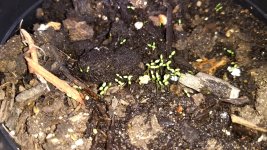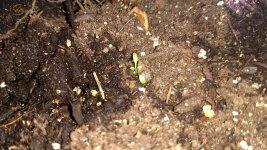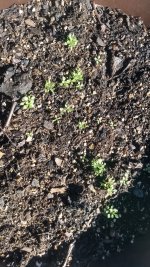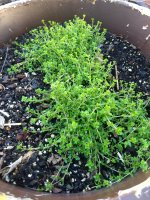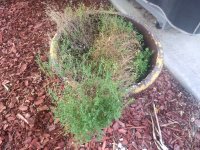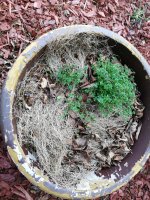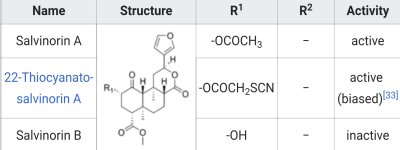Getting ready to try to grow Arenaria serpyllifolia. It is considered a medicinal plant in some parts for the world. Infundibulum introduced this plant to the Nexus (here and here). In his words,
So far I've got the seeds and I'm going to try germination (seeds are tiny, picture below). Does anyone have experience or tips on this plant spirit? Thank you.
Infundibulum said:SWIM had posted some papers in another thread, the link to the post in question is here. It basically involved making salvinorin A orally active by using plants that inhibit the carboxylesterases (CE) in the body.
According to the papers the most promising plants are Arenaria serpyllifolia, Thapsia garganica and Rhamnus alaternus. All three are plants that have been used for medicinal purposes in Arabian countries.
According to the papers the "best" is A.serpyllifolia extracts that can inhibit both rat intestinal and porcine liver CEs, with T. garganica extracts coming second best and R. alaternus being third best and only capable of inhibiting only rat intestinal CEs. Of course rat and pig carboxylesterases are not 100% same as humans' neither the metabolism of these substances is the same. These results however indicate that A.serpyllifolia and T. garganica can also inhibit human CEs and possibly make salvinorin A orally active.
Unfortunately not much information can be found in the web about these plants...
So far I've got the seeds and I'm going to try germination (seeds are tiny, picture below). Does anyone have experience or tips on this plant spirit? Thank you.



